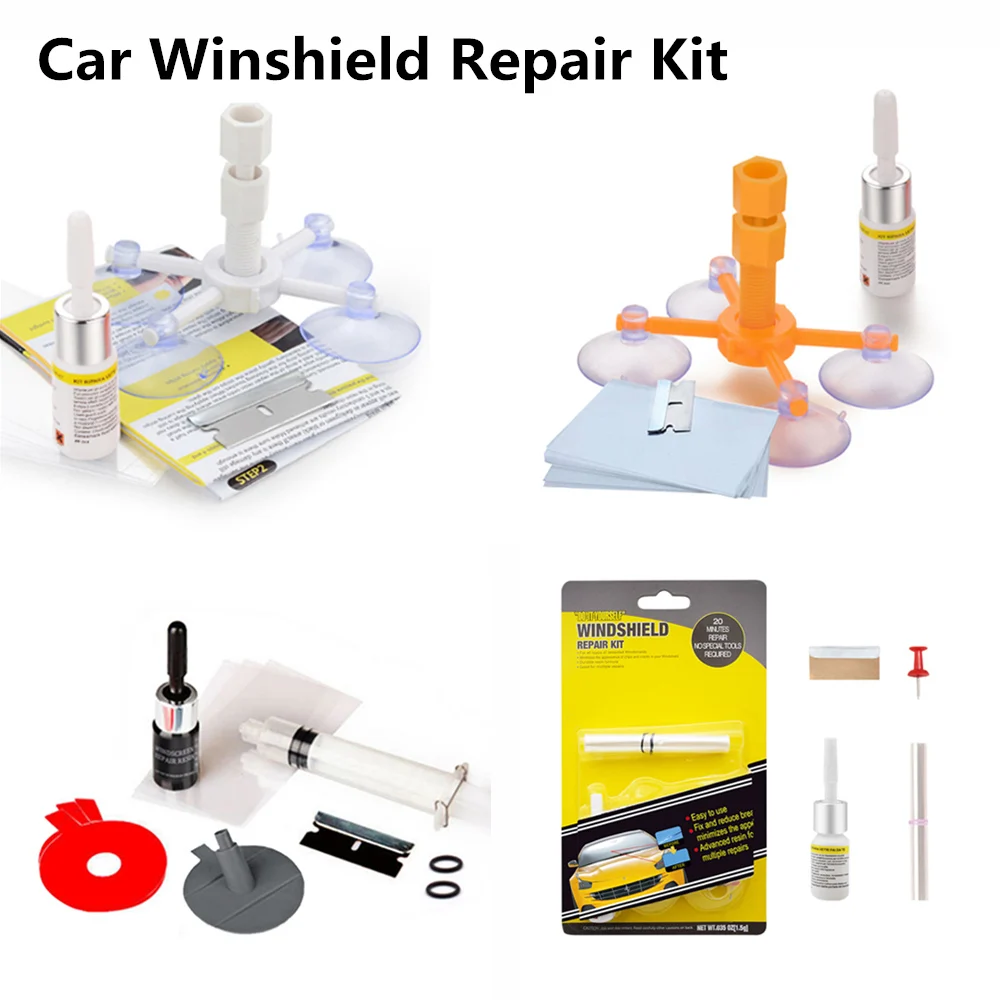
There are several ways of classifying cutting fluids and there is no standardization to establish one of them within the industries. To exemplify the topics, this work will describe some of the researches been developed in two important Brazilian Universities: State University of Campinas (UNICAMP) and Federal University of Uberlândia (UFU).
MQF and dry cutting techniques, their applications and where it is not possible to apply them will also be focused. Therefore, topics like kinds and methods of applications of modern cutting fluids and what are new in this area will unavoidably be considered. The main goal of this work is to discuss these tendencies. Other advantages of using these techniques are: chips remain clean, with lower cost of reprocessing, easier cleaning and maintenance of shop floor and clean workpiece, cutting costs with degreasing (Granger, 1994). The properties of these tools are reaching such a level of qualities that can withstand the adversities imposed by those types of machining. The new generation of cutting tools, particularly the ceramics and the ultrahard materials (PCBN and PCD), also encourage the change to ecological machining or to MQF. Therefore, even though the tooling costs may be increased by the use of either dry cutting or MQF, due to the increase of tool wear, the whole manufacturing cost may be lower when compared to the conventional process where cutting fluid is abundantly used. That represents a significant amount of money, varying from 7,5% to 17% of the manufacturing costs per part, even higher than the costs related with tooling (Heisel et al., 1998 Kalhofer, 1997).

In 1992, the volume of discarded soluble oil from the German industries were around 60% of the whole volume of lubricants used in manufacturing processes, about 1.151.312 ton. But this could be far more advantageous than dealing with problems of discarding used cutting fluids. This demands an efficient exhauster system that guarantees this compulsory air pollution control. In Germany, the maximum concentration of pollutant in the air in mist form is 5mg/m 3 and when the pollution is in steam oil form the limit is 20 mg/m 3 (Heisel et al., 1998). When MQF is used, the steam, the mist and the oil smoke are considered undesirable sub-products, since they cause an increase of air pollution. To minimize the use of cutting fluid, two techniques have been intensively experimented: cutting without any fluid (dry cutting, also known as ecological machining) and cutting with a minimum quantity of fluid (MQF), where a very low amount of fluid is pulverized in a flow of compressed air. However, in the last decade a lot has been done aiming to restrict the use of cutting fluids in the production, due to the costs related to the fluids, ecological issues, human health and so on. Taylor used water for the first time to cool the machining process and concluded it increased tool life, a large variety of cutting fluids has been used with this and other purposes. Since the beginning of the 20th century, when F.W. Keywords: Cutting fluids, machining, MQF, dry cutting

To exemplify the topics, this work will describe some of the researches been developed in two important Brazilian Universities: State University of Campinas (UNICAMP) and Federal University of Uberlândia (UFU).Ĭutting fluids machining MQF dry cutting Some of these alternatives are dry cutting and cutting with minimum quantity of fluid (MQF). Because of them some alternatives has been sought to minimise or even avoid the use of cutting fluid in machining operations. In the other hand, it brings also some problems, like fluid residuals and human diseases. The use of cutting fluid generally causes economy of tools and it becomes easier to keep tight tolerances and to maintain workpiece surface properties without damages. In the last decade a lot has been discussed about the suitability of using cutting fluid in abundance to cool and lubricate machining processes.


 0 kommentar(er)
0 kommentar(er)
